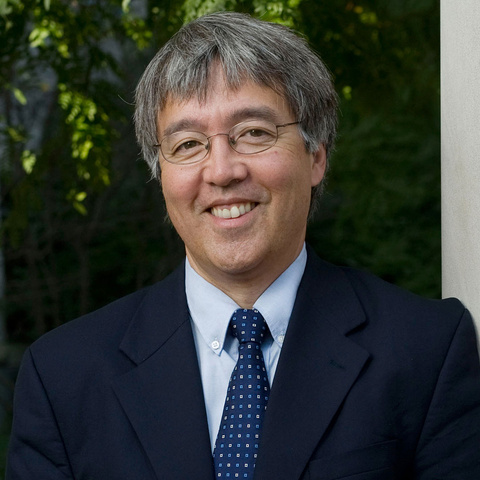Computing at the Edge: New Artificial Intelligence Institute Will Design the Internet of the Future

Distinguished University Professor Jim Kurose part of team that will make the internet faster, more secure and more diverse
Jim Kurose, distinguished university professor in the College of Information and Computer Sciences and associate chancellor for partnerships and innovation, is part of the research team recently awarded a $20 million National Science Foundation (NSF) grant to build the internet of the future.
The grant, which will support the AI Institute for Future Edge Networks and Distributed Intelligence (AI-EDGE), is led by The Ohio State University's Ness Shroff, professor of electrical and computer engineering and computer science and engineering. The funding supports a core team of 30 scientists from 11 collaborating educational institutions, three Department of Defense labs and four global software companies.
AI-EDGE is one of 11 new NSF-funded Artificial Intelligence Research Institutes, and its ultimate goal is to "design future generations of wireless edge networks that are highly efficient, reliable, robust and secure and facilitate solving long-standing distributed AI challenges."
An "edge network," explains Kurose, is simply the network that each one of us connects to. "The internet is a network of networks," he continues, "and every time you surf the internet using a wireless connection, you start at the edge. That's where you connect." There are hundreds of millions of such edge networks, and with providers beginning to offer 5G access, with 6G in the not-too-distant future, they're only becoming more numerous.
The challenge is how to best control and manage these networks to provide high-performance, secure and robust service. This is where AI (artificial intelligence) comes in.
Just as much of the internet has moved to the edge, so, too, is AI moving outward from a centralized, core location. Not only is the team using AI for networking to solve the problems of speed, reliability and security, but it's also helping to network AI and get the technology out to the edges where it can do the most good. "We're looking for anywhere from 10 times to 100 times better performance, along with better robustness and security, than the best these networks can offer today," says Kurose.
Faster speeds and more information mean more data that can be used to make better decisions--and this is where Kurose comes in. "My research will focus on how you monitor and make sense of all the incoming data, in real time, to ensure that performance and security remain robust."
Kurose will also co-lead the team's effort in broadening participation. He'll be working with middle- and high-school students, with a focus on under-represented groups, to bring them into the world of AI, as well as running a Women in AI program that will be open to girls and women from kindergarten through graduate school.
Originally published by the UMass Amherst News Office.